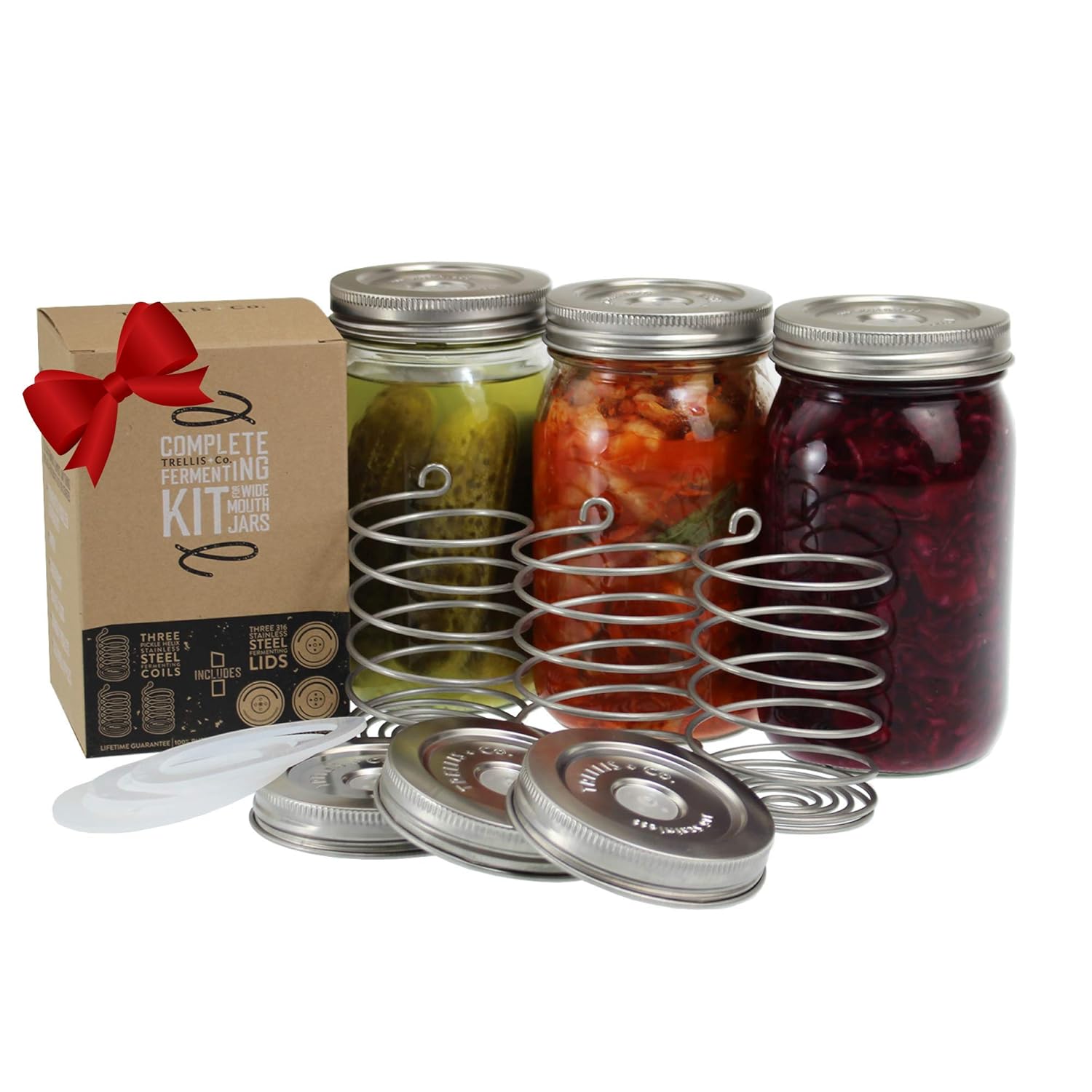
 1
1





 2
2




Be joyful, though you have considered all the facts. ~Wendell Berry

 4
4




 2
2








 4
4



















Fredy Perlman wrote:I believe it's caused by Brettanomyces bruxellensis, because it looks like that yeast formation and smells a little funky/keroseney. Kim, maybe that's the white mold you get; does it make the ferments softer?
Be joyful, though you have considered all the facts. ~Wendell Berry
 1
1




Kim Goodwin wrote: I don't quite get how the spiral part works, but I LOVE the stainless lids.
A build too cool to miss:Mike's GreenhouseA great example:Joseph's Garden
All the soil info you'll ever need:
Redhawk's excellent soil-building series





 1
1




Trace Oswald wrote:
Kim Goodwin wrote: I don't quite get how the spiral part works, but I LOVE the stainless lids.
You just put the spiral in the jar on top of the veggies, and when you put the lid on, the spiral holds them under the brine.
 1
1




Fredy Perlman wrote:
Yes, and it's like a spring: it extends as resistance lessens, meaning an emptying jar always has its solids well below the surface.










|
If you have a bad day in October, have a slice of banana cream pie. And this tiny ad:
The new purple deck of permaculture playing cards
https://www.kickstarter.com/projects/paulwheaton/garden-cards
|





